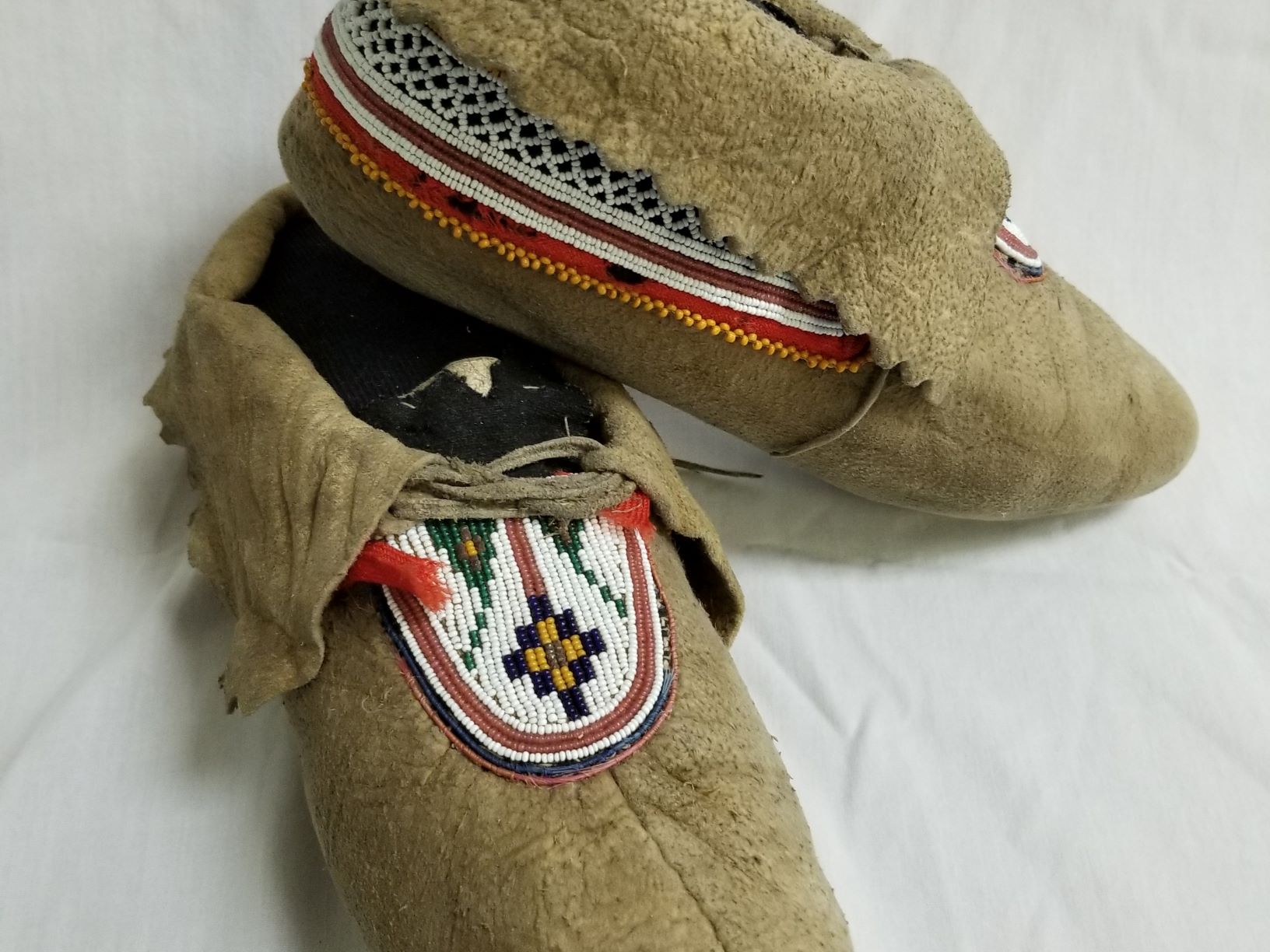National Indigenous Peoples Day
In recognition of National Indigenous History Month and Indigenous Peoples Day, June 21st, we are highlighting some of the Museum’s First Nations and Métis artifacts.
Métis
The Manitoba Act of 1870 granted 1,400,000 acres of land to families of Métis residents of Manitoba to compensate for lost or disappearing hunting rights. Charlotte Omand Brown, who lived in the Red River Frame House with her husband William Brown, was of Scottish and Ojibwe heritage. In 1877-78, Charlotte’s children (John, Magnus, James, William Jr., Francis Jane Brown Taylor, and Margaret Ann Brown) were each allotted their 240 acres in the areas of East Marquette, Selkirk, and Lisgar. Francis Jane Brown Taylor married the Honorable John Taylor, Manitoba’s first Minister of Agriculture who also received Métis scrip.



The Assiniboine
The Assiniboine are an Indigenous people group who were living in Manitoba at the time of permanent European settlement. Because they often traded with the Hudson Bay Company, they were well-known to European traders and many of their traditional trails and campsites became trade routes and trading posts.
The first permanent European settlement in the region which is now Manitoba, established by Lord Selkirk in 1811, was called Assiniboia in recognition of the Assiniboine. In 1880, the provincial government created the Rural Municipality of Assiniboia from the parishes of Headingly, St. Charles, St. James, and St. Boniface West.


The Plains Ojibwe
These Plains Ojibwe moccasins are dated to the late 1800s. They are decorated with a geometric bead pattern and horsehair piping. The Plains Ojibwe (also known as Saulteaux) migrated west and north from the Great Lakes area as the fur trade spread into the plains. When they moved into traditional Cree territories, some Ojibwe peoples created blended Oji-Cree communities or joined Cree groups.


